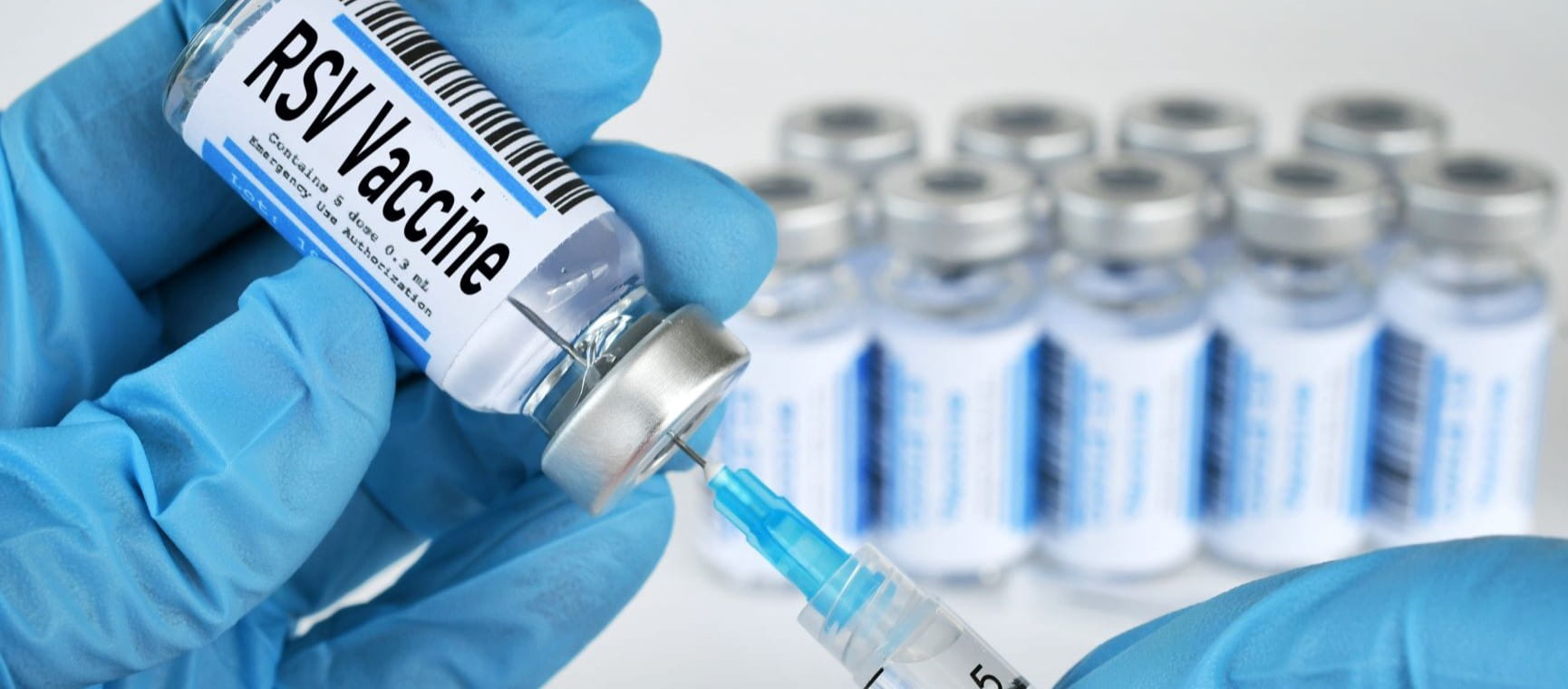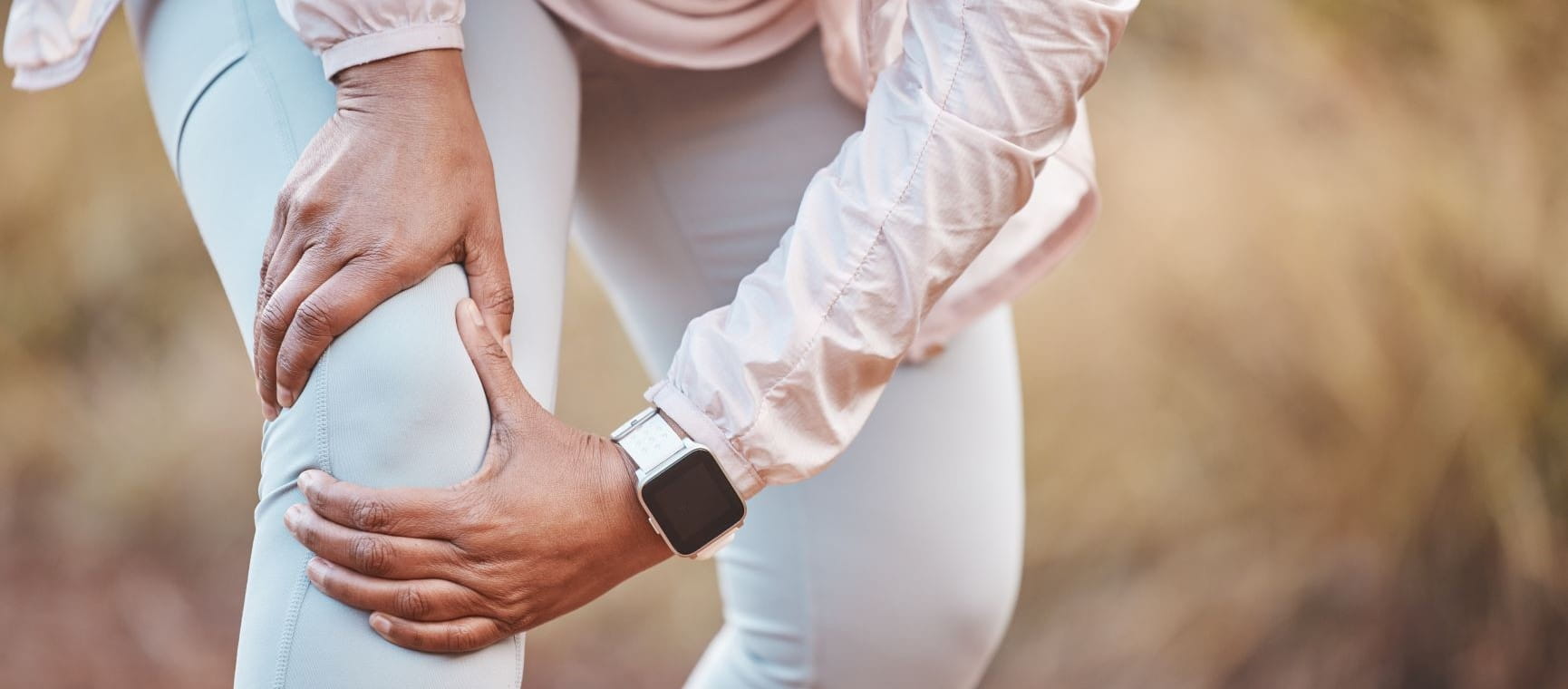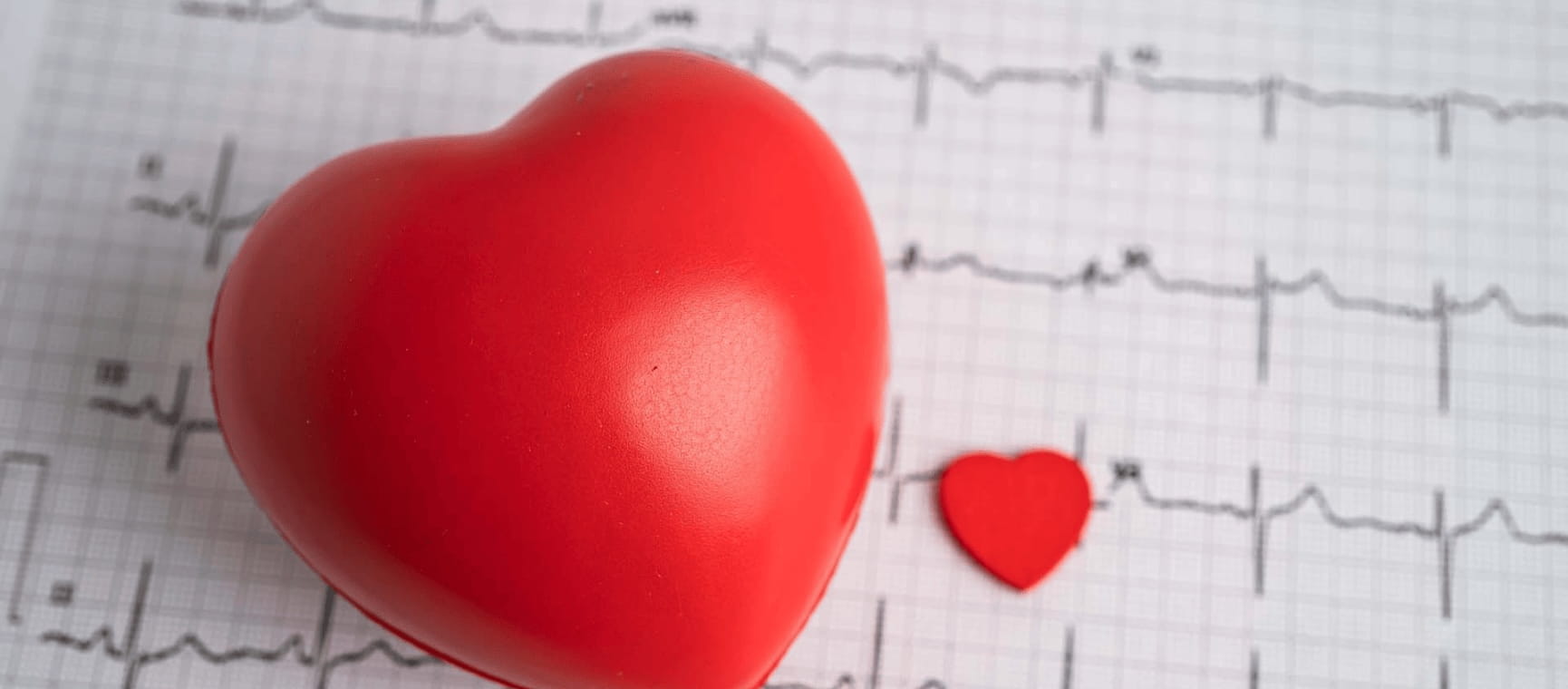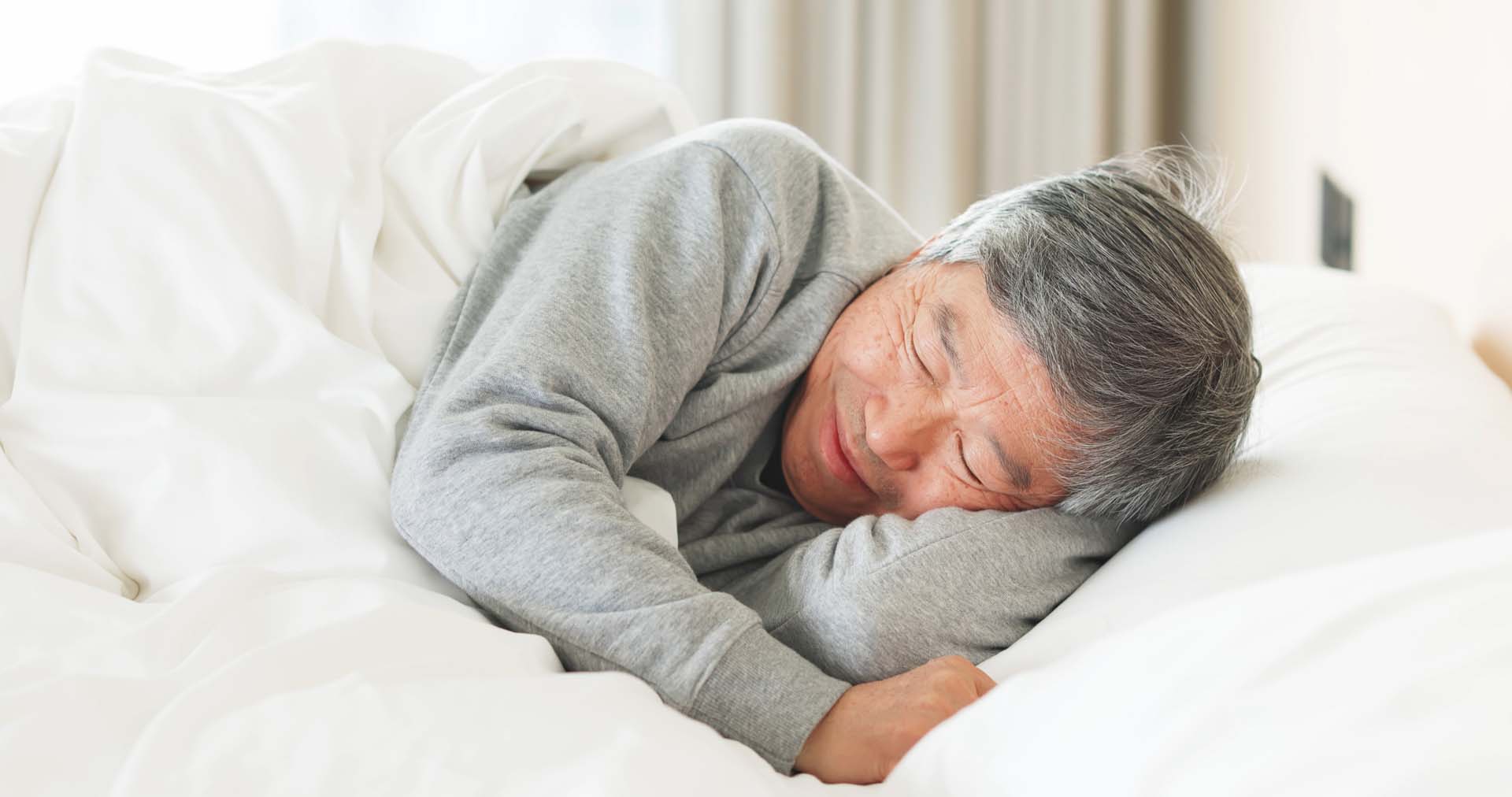
TV chef Gordon Ramsay shared this weekend that he had received treatment for skin cancer and urged others to use sunscreen.
The celebrity had one of the more easily treated forms of skin cancer, a basal cell carcinoma, but rates of all forms of skin cancer in the UK are on the rise, with around 20,800 new cases per year.
According to Cancer Research UK figures, it’s now the fifth-most-common cancer in the country and the cause of more than 2,300 deaths annually.
The charity says that one in four men and one in five women in the UK will be diagnosed with skin cancer in their lifetime – and rates of the disease are rising faster than any other. But caught early, skin cancer can be treated.
We’ve got the facts on the types of skin cancer and how to spot them, along with advice on keeping safe in the sun.

Kathryn Clifford is the co-founder of skin cancer charity Skcin – the only UK charity that represents both melanoma and non-melanoma skin cancers.
“Skin cancer can strike at any time. However, there’s no avoiding the fact that risk increases with age,” she says.
“We recommend getting to ‘know’ your skin: paying attention to every lump, bump, mole, freckle and mark, to help you build confidence in recognising potential abnormalities.
“The majority of skin cancers arise on areas of skin that have been frequently exposed to the sun – such as the scalp, face, ears, neck, forearms and lower legs.
“However, it can arise anywhere on the skin, hence the need to take charge of your skin surveillance and, if possible, get someone to help you check hard-to-see areas, such as your back.”
Basal cell carcinoma (BCC) and squamous cell carcinoma (SCC) are both non-melanoma skin cancers, while the most serious form is malignant melanoma.

Clifford explains that basal cell carcinoma and squamous cell carcinoma are collectively known as “non-melanoma skin cancer” (NMSC).
This type of skin cancer is more commonly diagnosed than all other malignancies combined – making it the most common cancer in the UK and worldwide.
While melanoma is considered the most serious form of skin cancer, global statistics are now revealing that deaths from squamous cell carcinoma outweigh those from melanoma.
Basal cell carcinoma is by far the most common form of NMSC – it is generally slow-growing and very rarely life-threatening.
However, squamous cell carcinoma (the second most common form of skin cancer) grows faster and, if left untreated, can spread to other organs and become life-threatening.
Squamous cell carcinoma also affects a high proportion of older people.
To detect NMSC or potential pre-cancerous skin lesions, look for the following signs and symptoms:
Clifford explains that melanoma is a serious form of skin cancer that arises as a new mole (70%), or can be detected by changes to the appearance or behaviour of an existing mole or freckle.
“It’s uncommon to develop new moles in adulthood,” she explains. “Therefore, if you notice one, it’s worthy of your special attention, even if it seems very small and particularly if it is very dark or almost black in appearance.”
The ABCDE of melanoma (see below) is useful in detecting mole-related signs and symptoms that could be suggestive of the most common form of melanoma.
But Clifford warns that it is important to seek professional advice as soon as possible with any new, unusual or changing lesions.

It’s important to know that not all melanomas have these characteristics.
Nodular melanomas, for example, are more even in shape and colour, and can be detected using the EFG tool:
In rarer cases, all types of melanoma can also lack pigmentation and can mimic signs and symptoms of benign skin lesions.
Therefore, it is extremely important to seek professional advice with any new, unusual or changing lesions as soon as possible.
While melanoma is less common in dark or black skin, when it does arise it is more likely to present on the palms of the hands, on the soles of the feet or under the fingernails or toenails. People of other skin types should be mindful to check these areas too.
When checking the palms and soles, also look for a patch of discoloured skin, which may be very subtle. It can look like a a stain or a bruise that won’t heal, or an ill-defined, brown or blue-grey patch.
Look for any pigmentation beneath or surrounding the nail bed, a pigmented band or streak that’s usually linear, or any persistent non-healing sore or ulcer.
Clifford says that if you are worried about developing skin cancer, remember that it is the one cancer we can physically see developing in its early stages – and if detected, diagnosed and treated early, the vast majority of cases are treatable or curable.
Be vigilant with your skin surveillance and reduce any further risk by protecting your skin daily using these five tips:
Aim to cover as much skin as possible.
Use a minimum SPF30 with four or five-star UVA protection. Apply liberally and reapply every two hours if outdoors for prolonged periods.
Protect the scalp and shade the face and neck.
Use ones with UV protection.
Seek shade whenever possible, but particularly during peak UV hours (11am to 3pm).
For more advice on how to reduce your risk of skin cancer and take charge of your skin health, visit the Skcin website and app.
Phillipa Cherryson is senior digital editor for Saga Magazine. Phillipa has been a journalist for 30 years, writing for national newspapers, magazines and reporting onscreen for ITV. In her spare time she loves the outdoors and is an Ordnance Survey Champion and trainee mountain leader.
View author page

Health insurance for people over 50 that provides a quicker route to diagnosis and planned medical treatment in a private facility.
Underwritten by Bupa Insurance Limited.

Every issue of Saga Magazine is packed with inspirational real-life stories, exclusive celebrity interviews, brain-teasing puzzles and travel inspiration. Plus, expert advice on everything from health and finance to home improvements, to help you enjoy life to the full.


Facial weakness, a sudden headache and dizziness can all be signs of a stroke, we've got the facts from an expert.

Knee pain is more common as we age: to help we've got the best advice from 3 leading experts with easy ways to make a difference.

Do you know the symptoms of a heart attack? Here’s what to look out for, and how to prevent one.

Front, back or side? Which sleeping position is best for you as you get older, and which ones you should avoid


